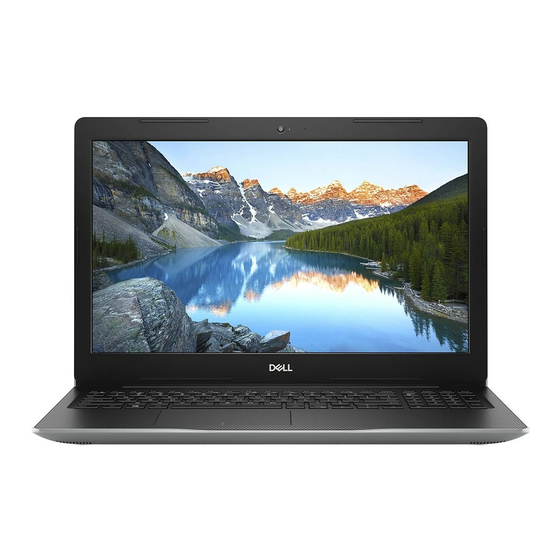
Dell Latitude 3580 Owner's Manual
Hide thumbs
Also See for Latitude 3580:
- Owner's manual (154 pages) ,
- Service manual (109 pages) ,
- Technical manualbook (47 pages)

















Need help?
Do you have a question about the Latitude 3580 and is the answer not in the manual?
Questions and answers